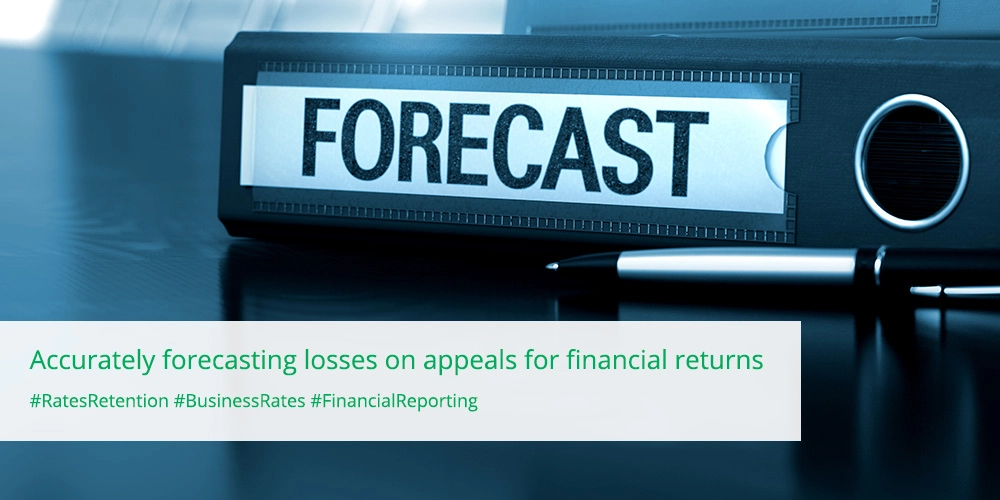Wilks Head & Eve LLP,
3rd Floor
55 New Oxford Street,
London, WC1A 1BS
020 7637 8471
enquiries@wilks-head.co.uk
NNDR 1/ NNDR 3 returns – Getting the appeals provision right
28th May 2021 by Steph O'Neill
Estimating losses as a result of appeals has never been more difficult for Billing Authorities with the complexities of multiple revaluations still being live with outstanding appeals, provisions for ATM’s, Covid MCC’s and forecasting the subsequent losses from these appeals.
The impact of Covid saw a substantial number of checks being made evidenced in the VOA statistics where there was a significant increase in checks being submitted between April 2020 and March 2021.
-
2017-2018 – 23,770 checks submitted
-
2018-2019 – 58,640 checks submitted
-
2019-2020 – 76,520 checks submitted
-
2021-2022 – 409,430 checks submitted
The announcement in March 2021 that the Government would introduce both primary and secondary legislation to remove these Covid MCC’s means that if the legislation is implemented then these MCC’s fall away but the reality now is they are still ‘live’ cases where the potential forecasted losses need to be made and included in any provision.
So how do Billing Authorities accurately forecast losses?
Understanding the different types of appeals and revaluation cases is extremely important in being able to forecast the potential impact on losses.
2010 Outstanding Appeals
Currently in the 2010 rating list there are approximately 28,650 appeals that remain outstanding and in most cases these are the remaining appeals because they are more complex and could lead to significant change in rateable value.
An example of this would be in relation to the museum cases of which there are approximately 300 appeals across the UK where agents are seeking a reduction in RV following the decisions in York and Exeter Museums. Understanding the outcome of these cases and potential impact on outstanding 2010 appeals as well as the future impact in terms of 2017 checks/challenges is important as there are potentially substantial losses that may occur as a result of the decisions in these cases as well as the wider implications outside of museum assessments where the same principles may be applicable to other classes of property.
2017 Check, Challenge and Appeals
The 2017 list should be forecasted in two stages looking at live checks, challenges and appeals which are outstanding but also looking at future CCA’s which may be made and forecasting the subsequent losses from these.
With outstanding checks, challenges, appeals understanding what the type of appeal made was i.e. is it a compiled list, VO notice, material change in circumstances etc and being able to look at trends of what has happened within a particular class of property as well as the knowledge in understanding how that property class is valued and any relevant caselaw or group action by way of a Group Pre Challenge Review leads to far greater accuracy in forecasting the potential impact on rateable value.
Future checks/challenges have to be considered using the same approach. What type of check/challenge might be made in the future and considering the potential impact from known cases such as the museums in the 2010 list which will have a future impact on the 2017 rating list.
Forecasting on losses on appeal for the NND1 and NNDR 3 returns has never been more important so understanding the impact on both outstanding and future cases is key in getting those provisions right.
Stephanie O’Neill – Author
Partner
BSc (Hons) MRICS IRRV
soneill@wilks-head.co.uk




